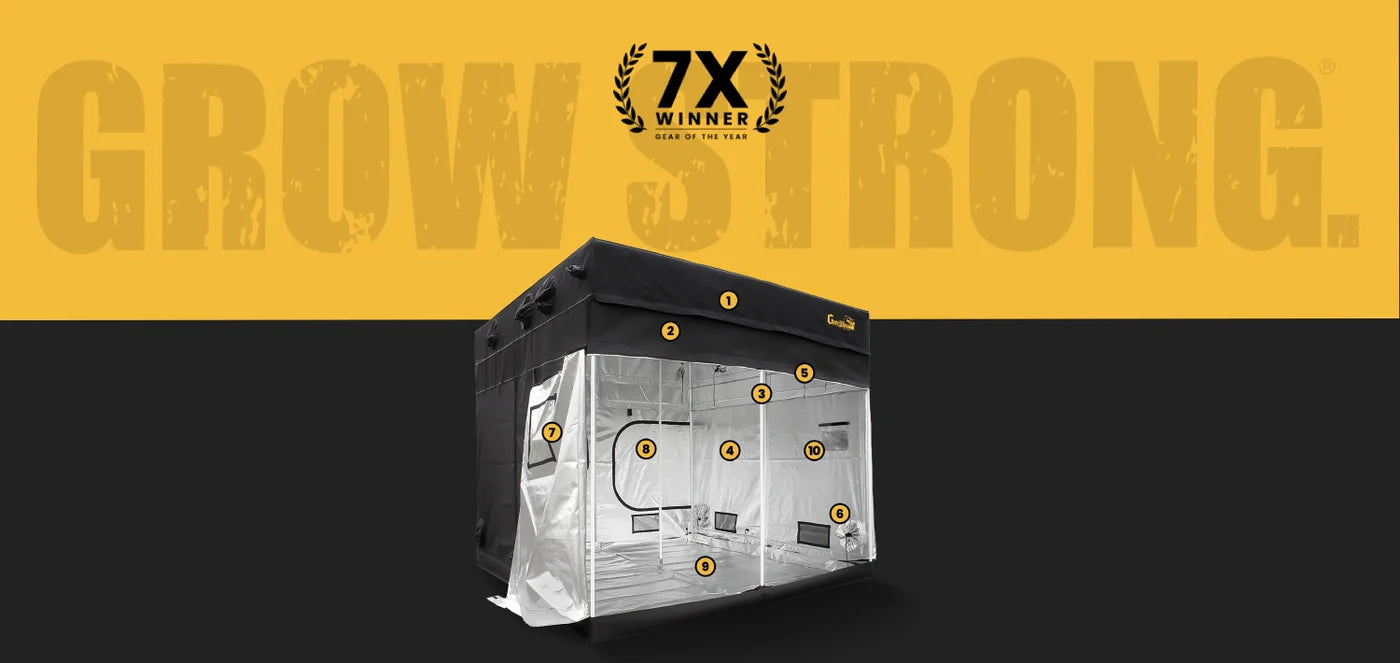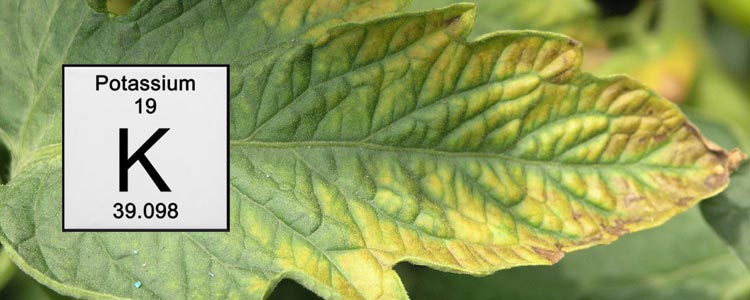
How to create the best place to put temp probe in grow tent?
In indoor gardening, controlling the environment is key to successful plant growth, and temperature monitoring is essential. Grow tents, like the 10x10 Gorilla Grow Tent, let gardeners grow fruits like strawberries in controlled conditions. However, keeping the right temperature in these small spaces can be tricky. Temperature affects every stage of plant growth, from seed germination to flowering and fruiting. For sensitive crops like strawberries, it’s especially important to keep temperatures stable and suitable. While grow tents protect plants from outside weather, they require careful management of internal conditions.
Understanding Temperature Regulation in Grow Tents
Plants like strawberries need a certain temperature range to perform photosynthesis well. This process turns light into food for the plant. Temperature affects how enzymes work in plants. Enzymes help with nutrient uptake, growth, and fruit development. Extreme temperatures can stop enzymes from working properly. Temperature impacts how plants take in and lose water. High temperatures can cause plants to lose too much water, leading to dehydration. Cooler temperatures can slow down nutrient absorption. Temperature affects how plants convert sugars into energy. The right temperature ensures plants use energy efficiently for growth.
Effects of Temperature Fluctuations on Fruiting Plants (e.g., Strawberries):
Flowering and Fruiting: Strawberries are sensitive to temperature changes during flowering and fruiting. High temperatures can prevent flowers from forming or cause them to drop early, reducing fruit yield.Fruit Quality: Temperature changes during fruit development can affect the quality of the fruit. For strawberries, these changes can cause uneven growth, poor color, less sweetness, or make them more prone to diseases.
Stress Response: Plants react to temperature stress by producing stress hormones and defensive compounds. Long exposure to extreme temperatures can weaken plants, making them more vulnerable to pests and diseases.
Longterm Growth: Constant exposure to bad temperatures can stunt overall plant growth and delay maturity. This affects not only the current harvest but also future growth cycles.
Strategies for Temperature Regulation in Grow Tents
Use fans and ventilation systems to keep air moving and prevent heat buildup, especially in warm climates or during summer. Use reflective materials and insulation to manage internal temperatures. Consider using shade cloth or light filters to reduce heat from strong light sources.Depending on the climate and season, use heaters or air conditioners to keep temperatures stable within the ideal range for strawberries (usually 6080°F or 1527°C). Use temperature sensors and controllers to monitor and adjust conditions automatically. This ensures quick action before temperature changes can harm plant health.
Regulating temperature in grow tents is crucial for maximizing plant growth and fruit production, especially for sensitive plants like strawberries. By understanding the effects of temperature changes and using proper control measures, growers can create the best environment for healthy plants and highquality fruit.
Best Practices for Placing a Temperature Probe
Keeping track of temperature is crucial for indoor gardening, especially in a grow tent. Temperature probes help growers check and control the climate, which is vital for plant health and growth.
Importance of Accurate Temperature Readings
Accurate temperature readings give growers important information about their grow environment. Even small temperature changes can affect plant growth. For fruits like strawberries, which need specific temperatures at different growth stages, precise monitoring helps keep conditions just right for flowering, fruit setting, and ripening.
Factors to Consider When Choosing the Placement of Your Temperature Probe
Put the probe near the plants since they feel the temperature directly. This makes sure the readings are relevant to the plants’ environment. Keep the probe away from direct heat sources like grow lights, heaters, or exhaust vents. These can give false readings and lead to incorrect temperature assessments. Place the probe where air circulation represents the overall tent environment. Avoid areas with stagnant air, as they can give inaccurate readings.
Pick a spot where the temperature probe will consistently measure the conditions plants face throughout the day and night. Think about the height of the probe. Temperature can vary at different levels in the grow tent, so placing the probe at plant canopy level or a bit above can give a more accurate reading of what the plants experience.
Ideal Locations Within a Grow Tent for Reliable Temperature Monitoring

Based on the factors above, some good places to put a temperature probe are:
Near the Plant Canopy: This is where plants interact most with their environment. Placing the probe here shows the conditions the plants are experiencing.
Midpoint of the Grow Tent: Putting the probe in the middle of the tent can give a balanced view of the overall temperature in the grow space.
Away from Obstructions: Make sure the probe isn’t blocked by large plants or equipment that could stop airflow or create small, different climates.
Temperature Preferences of Strawberry Plants:
Strawberries grow best in daytime temperatures between 60°F to 80°F (15°C to 27°C). At night, they prefer it a bit cooler, around 50°F to 60°F (10°C to 15°C). These temperatures help them grow well, flower, and produce fruit. Strawberries don’t like extreme heat or cold. If it gets below 50°F (10°C), their growth slows, and flowering is delayed. Freezing temperatures can harm the plants, especially when they are flowering or fruiting.
How Temperature Affects Strawberry Growth Stages:
Flowering Stage: During the flowering stage, usually in spring or early summer, the best temperatures are between 60°F to 75°F (15°C to 24°C). Cooler temperatures help flowers form better. If it gets too hot (over 80°F or 27°C), flowers might not form well or could drop off early, reducing the number of fruits.
Fruit Set Stage: After pollination, strawberries need steady temperatures for fruit to develop. The best temperatures for fruit development are between 65°F to 75°F (18°C to 24°C). Cooler temperatures can slow down fruit growth, while too much heat can cause fruits to be misshapen or smaller.
Ripening Stage: When strawberries are getting ripe, keep the temperature a bit cooler (around 60°F to 70°F or 15°C to 21°C). Warmer temperatures can make strawberries ripen faster but might lower their quality, affecting taste and shelf life. Cooler temperatures can slow down ripening but improve flavor and color.
Practical Considerations for Grow Tents:
Temperature Management: Use devices to monitor the temperature inside the grow tent. Adjust ventilation, heating, or cooling to keep temperatures stable for strawberries.
Air Circulation: Ensure good airflow to avoid temperature differences and humidity buildup, which can cause fungal diseases.
Seasonal Adjustments: Change temperature controls based on the season. In hot months, increase ventilation and shading to prevent overheating. In cold months, use heaters or insulation to keep the tent warm.
Light and Temperature Interaction: Be aware that high light levels can increase temperatures inside the grow tent, so adjust ventilation and cooling accordingly.
Overview of Gorilla Grow Tents
Gorilla Grow Tents are wellknown in the indoor gardening world for their strong build and smart design. Here’s a look at why they are so popular:
Gorilla Grow Tents are made from highquality, thick, tearresistant fabric and strong metal frames. This makes them last long and provides a stable environment for plants to grow A key feature of Gorilla Grow Tents is their ability to adjust to different plant heights. They come with height extension kits, allowing the tent to grow taller as the plants do during different growth stages.
These tents have multiple access points, like large zippered doors and observation windows. This makes it easy to tend to plants, check their growth, and adjust the environment as needed. The tents have ports for grow lights, ventilation systems, and other accessories. These ports are placed in a way that minimizes light leakage and helps maintain a controlled environment.
How Gorilla Grow Tents Contribute to Temperature Regulation and Control
Keeping the right temperature is important in indoor gardening, and Gorilla Grow Tents help with this in several ways:
Insulation: The thick, duallayered fabric of Gorilla Grow Tents acts as insulation against outside temperature changes. This helps keep the temperature inside the tent stable, reducing the effect of changes in the outside temperature.
Conclusion
The right temperature helps plants grow well. It affects their metabolism and how they make food through photosynthesis. Stable temperatures are essential for healthy plants. Plants get stressed if the temperature keeps changing. Stress can lead to lower yields, stunted growth, or even plant death. Monitoring helps catch problems early.


